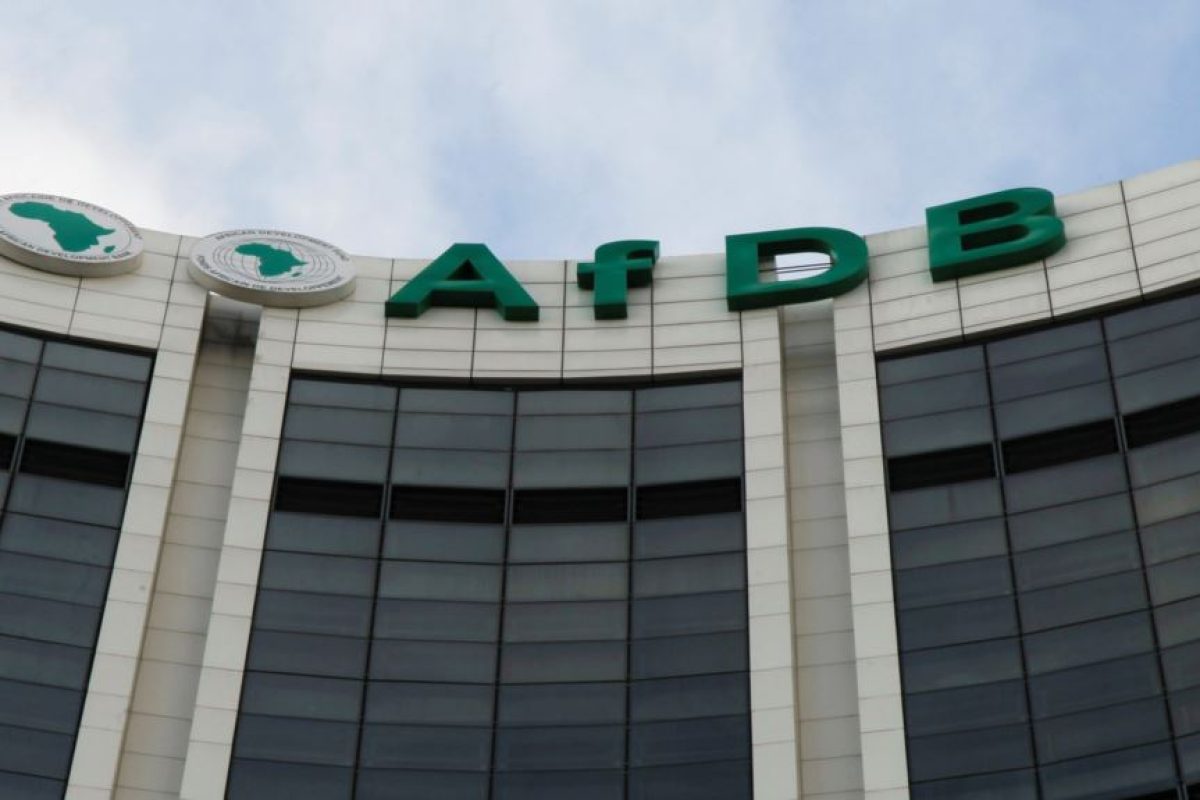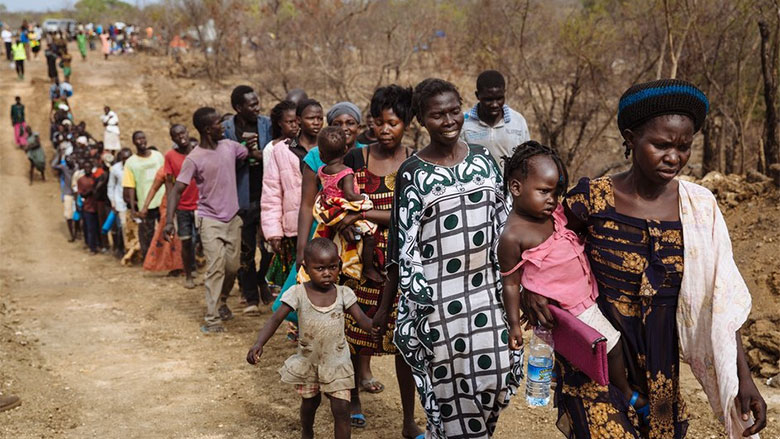The African Development Bank has approved the East Africa Regional Integration Strategy Paper (RISP) laying out the roadmap for accelerating regional integration in the Region with regional infrastructure development among the main pillars of the plan. The Strategy will guide the Bank’s regional operations in 13 countries, namely Burundi, Comoros, Djibouti, Eritrea, Ethiopia, Kenya, Rwanda, Seychelles, Somalia, South Sudan, Sudan, Tanzania and Uganda.
The Regional Integration Strategy Paper 2018-2022 maps out the direction of the Bank’s regional integration work in Eastern Africa over the next five years. The key objectives are fast-tracking structural transformation, increasing trade and promoting financial sector integration and inclusion.
The strategy is focused on two mutually reinforcing pillars namely regional infrastructure development for competitiveness and transformation, and strengthening of policy and institutional frameworks for market integration, growing investments and value chains development.
Eastern Africa is the fastest growing region in Africa, with real gross domestic product (GDP) growth rate of 5.9% in 2017 compared to the continental average of 3.6%.
But countries in the region grapple with poor infrastructure including power shortages, low electricity connection rates and high cost of electricity for manufacturing enterprises – about four times higher than the global average. They are also characterized by low-level industrialization, with manufacturing added value below 15% in all the region’s member countries.
“Most Eastern African countries depend on agricultural and mineral products for their exports,” said Nnenna Nwabufo, Deputy Director General, East Africa during her presentation to the Board. “But most of these products are of low-level sophistication and low value added. This is why this Strategy Paper is key to boosting industrialization and intra-regional trade.”
Nwabufo added that approval of the Strategy Paper sets the framework for the Bank to support key economic sectors like regional energy and transport, which will underpin Eastern Africa’s transformation.
The Strategy Paper was developed in consultation with Regional Economic Communities (RECs) in Eastern Africa and is aligned with key REC strategies for the East African Community (EAC), Common Market for Eastern and Southern Africa (COMESA) and Intergovernmental Agenda on Development (IGAD). The strategy also responds to priorities in the United Nations Sustainable Development Goals, the African Union Agenda 2063, the Tripartite Free Trade Area, and the Continental Free Trade Area, launched this year to consolidate Africa’s market regimes.
The Strategy Paper also dovetails into the Bank’s Ten Year Strategy (2013-2022) and the High-5s operational priorities — Light Up and Power Africa, Feed Africa, Industrialize Africa, Integrate Africa, and Improve the Quality of Life for the People of Africa.
In this regard, Moono Mupotola, Director for Regional Integration and Coordination at the Bank’s HQ, welcomed the approval of the Strategy Paper, which sets out a clear roadmap for the delivery of Bank’s Integrate Africa High-5 in Eastern Africa.
The Bank’s indicative operational program to roll out the Strategy is estimated at US$3.3 billion and is subject to review at the mid-term. The Bank will work closely with regional member countries and RECs in the region in following up on implementation progress including convening member states to ensure accelerated delivery.













